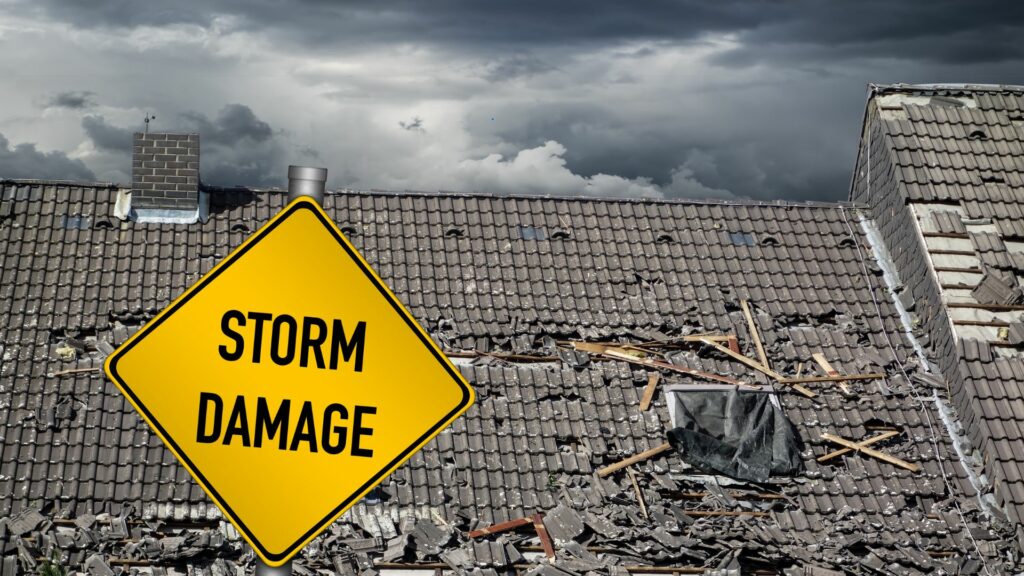The roof over your head is designed as an impenetrable barrier against the sun, weather, wind, and intruders. While roofs are sturdy, robust parts of your home, they are not indestructible. A roof gets damaged over time, due to harsh UV radiation, rain or snow, and a lack of maintenance.
Neglecting your roof can have long-term consequences, posing a safety risk and potentially a large repair bill. Homeowners must understand the different types of roof damage and keep a sharp eye on their roofs.
This article expands on the five most common roof damage examples to educate existing or new homeowners. Some signs of room damage are more subtle than the other but all of them are equally important to remedy. If you keep searching for roof inspection near me, you’re in the right place because we walk you through all of it.
The Five Signs of Roof Damage
Shingle Damage
A roof shingle is a small piece of covering on the roof that forms an intricate layered pattern. These shingles can deteriorate over time due to aging, weathering, or improper installation.
The most obvious signs of shingle damage include cracking, curling, or missing roof shingles. Shingle damage is considered the main form of roof damage resulting in leaks, improper insulation, and increased energy costs.
Water or Moisture Damage
The second most common type is water damage to your roof that occurs because of blocked gutters, poor roof drainage, or damaged roof flashing. The result is mold growth, and rotting wood i.e., the walls and foundation.

Unattended water damage continues to seep into the structure and compromises the home’s structural integrity. Water damage can destroy your home without a single sound, often showing the first signs right before it is too late.
Leaky Roof
Damaged roof shingles allow moisture and debris to enter the roof and damage the structure. Roof shingles can lift or tear off from your roof which results in missing shingles, roof gaps, and scattered roof debris.
A leaky roof results in interior damage, higher chances of mold, and various electrical hazards. Shingle damage results in moisture damage which results in a leaky roof which needs to be repaired or replaced. If the roof starts to sag, it means the damage is deep and extensive which requires an extensive repair or replacement job.
Wind and Erosion
Strong winds can damage your roof over time, eroding the shingles’ protective layer, lifting, or even tearing them off. Damaged shingles expose the roof’s underlayment, increasing the chances of developing roof gaps and leaks.
If you notice small granules in your roof drain or loose on the roof, that is the shingles’ protective layer. These clog your roof drains while also causing further roof damage.
Hail Damage
A hailstorm causes extensive roof damage, resulting in bruised or dented shingles coupled with cracked roof surfaces. Hail damaged roof shingles, drastically reducing their lifespan, and making it easier for roof leaks to form and seep into the structure.
Protect Your Roofing
Roofs are built to last and they do, but require occasional maintenance to stay in the best shape.

Neglecting your roof can result in damaged shingles that lift or tear off, allowing debris and water to seep into the structure. Once moisture begins entering the structure, it silently damages the structure, showing up in the form of damp spots or a sag.
When strong winds, dust, and debris continuously batter your roof, it can deteriorate. However, regular roof maintenance and some routine cleaning can keep it in top shape. A few simple precautions protect your roof for decades.
